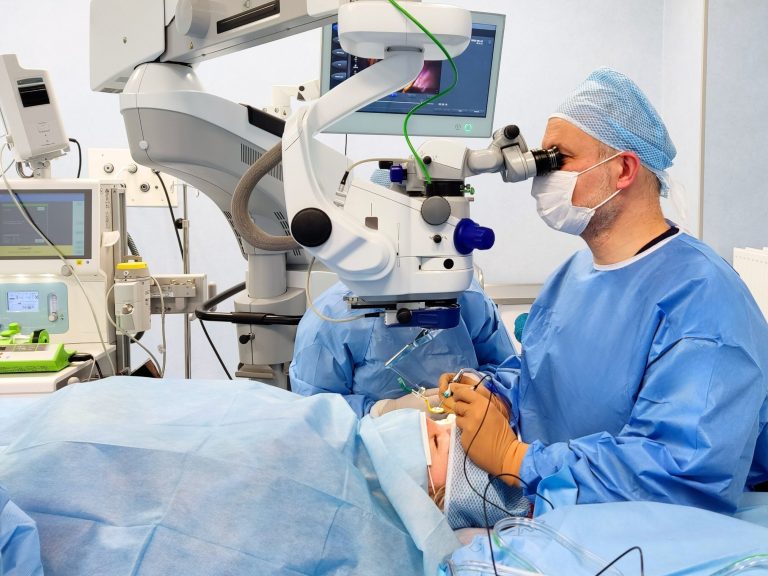When they shop, they’re kind of high. Shopaholism can ruin your life

They treat shopping as therapy and a cure for problems in their marriage, at work or with peers. When they buy another unnecessary thing, they feel happy for a moment. A moment later comes a feeling of guilt and often shame. How to recognize a shopaholic?
Although the latest CBOS research on shopaholism concerns the year 2019, about a million people already admitted to this addiction. According to experts, due to the increasingly faster pace of our lives and the isolation related to COVID-19, many more addicts have become addicted since then, including compulsive buying.
Who are Polish shopaholics?
Women are more likely to admit to compulsive buying (they constitute as much as 74 percent of all shopaholics). But it may also be due to the fact that men explain their penchant for spending money with collecting or a love of gadgets. Only 26 percent of the surveyed men admitted to being addicted.
Interestingly, one third of all shopaholics do not earn the money they spend. When paying, he uses pocket money or funds from his parents or grandparents. And when there is a shortage of money, they borrow it from friends, and adults get into large amounts of debt. As a result, people addicted to compulsive buying often become clients of loan companies that grant loans at high interest rates.
How to recognize a shopaholic?
Shopaholism is classified as a behavioral addiction. In English it is called “compulsive buying-shopping disorder”, which in short means compulsive buying. Importantly, addiction is not only associated with visiting stores. More and more people fall into the trap of virtual shopping. This way, it is even easier to become addicted (there is no traditional act of paying with a card or cash).
Behaviors that indicate shopping addiction:
-
a shopaholic’s expenses are much greater than his financial capabilities,
-
buys much more products than he needs,
-
a shopaholic feels a strong need to make purchases in the least expected situations, not only when there are no groceries or cosmetics at home,
-
shopping gets out of control, e.g. he goes to the store to buy rice, leaves with new blouses or household appliances,
-
he often buys unnecessary things that he not only doesn’t use, but doesn’t even open,
-
I feel relieved after making purchases,
-
when he spends money, he feels guilt and shame,
-
when he cannot buy anything, he is aggressive, nervous, anxious,
-
Due to constant, unplanned expenses, he becomes in debt and fails to repay his financial arrears.
Who is most at risk of shopaholism?
The CBOS report shows that young people, under 24 years of age, but also teenagers, aged 15 to 17, are most at risk of shopaholism. For a shopaholic, the opportunity to buy more things is a form of escape from reality. Some people treat purchases like trophies. Others become addicted to opportunities, discounts and sales. There are also people who compulsively buy and return products with tags, getting into a vicious circle.
The following people are most at risk of becoming addicted to compulsive buying:
-
with low self-esteem,
-
shy,
-
excluded from the peer group,
-
single (women after divorce often become addicted to shopping),
-
struggling with depression,
-
having problems building relationships,
-
who have been diagnosed with eating disorders.
People struggling with other addictions, such as alcoholism or drugs, as well as behavioral addictions, such as pornography or gambling, often become shopaholics. If the temptation to buy is stronger than you and you cannot control it, and at the same time you feel that this behavior negatively affects the life of you and your family, contact a specialist, e.g. a psychiatrist, psychologist or addiction therapist.






